On The Fly Services, Inc. 2023 © All rights reserved
Bees are an integral part of our eco-system, and they’re often misrepresented in the media. Bees don’t just sting you without good reason – all insects have a defense mechanism against predators who might want to eat them!
Bees come in yellow-, black-, or white-stripes, with colors that typically reflect what flowers it’s looking for pollen from. If bees aren’t up close then their job is done; now we know how dangerous this tiny insect can be if left unchallenged!
Bees are integral to our ecosystem and economy. It’s normal for these helpful creatures to be seen buzzing around from flower-to-flower, pollinating the plants that we depend on. If you happen upon a colony of bees building their hive in your yard or near where children play outside, it is important not only that you stay away but also notify an expert as soon as possible!
We at On the Fly are bee control and removal experts. Bees should not be touched without proper safety equipment, but we can safely remove hives from your property or prevent them from returning using environmentally sound methods that will not disrupt commercial farms with pollinators.
We also offer bat removal Palm Desert solutions that work against all species, including the common fruit bat and the single species of carnivorous bat.
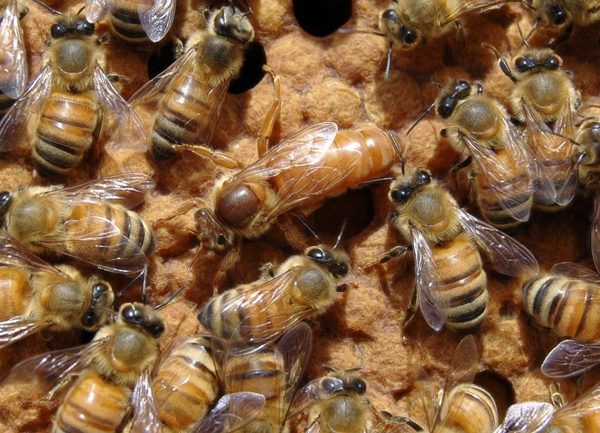
The queen of the hive, she might lay up to 1,000 eggs a day and weighs more than her own body in fresh honey. If not performing well enough for their standards or deemed unfit by one's self-esteem - albeit this is rare since queens usually live about two years – they can replace them with another who will be trained from birth to take over. Queens are also always female as drones mate only once during breeding season which lasts just six weeks when it ends, at that point most don't have any sperm left!
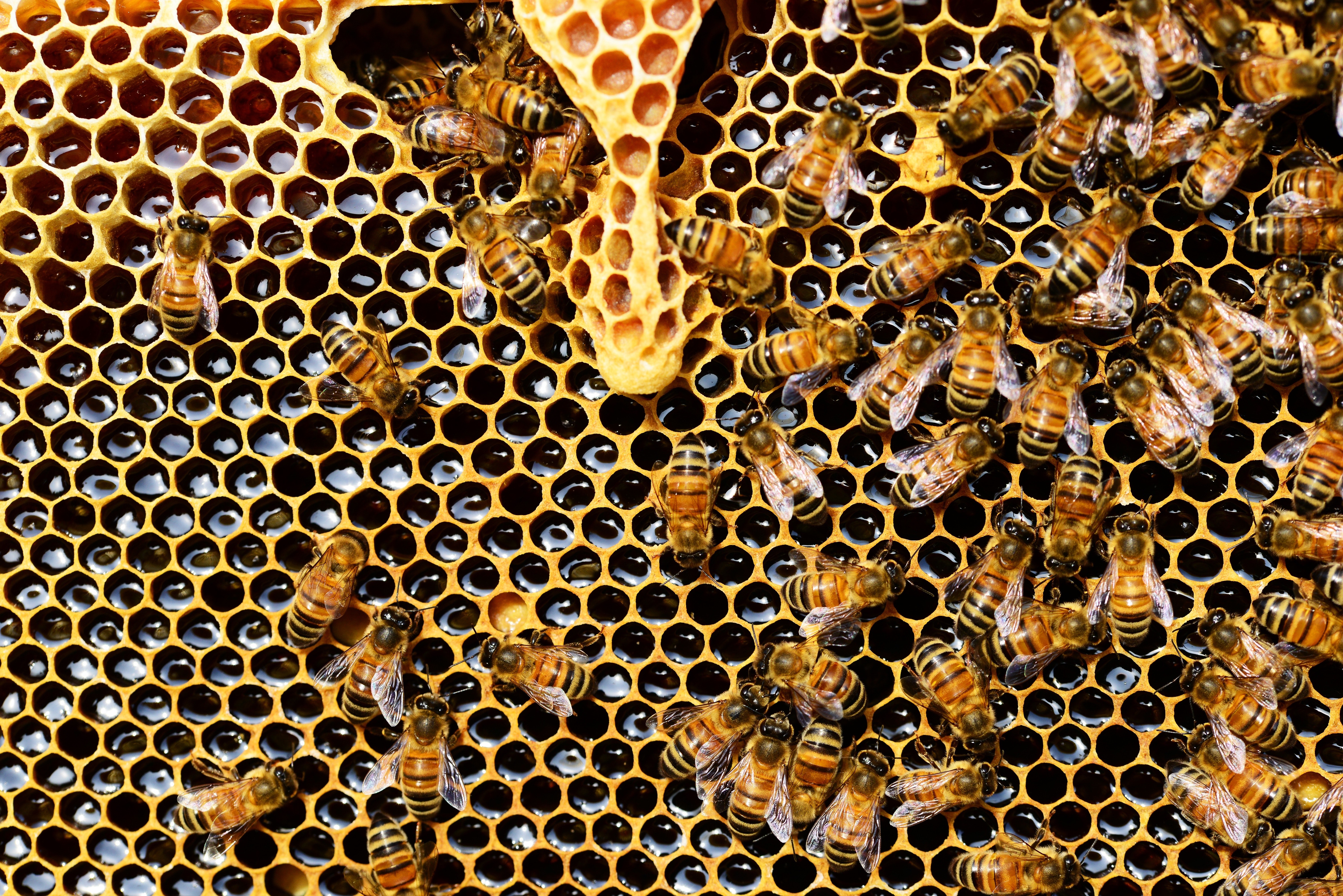
These bees have their work cut out for them. They spend 6 weeks performing jobs like deciding who the next queen will be and producing a teaspoon of honey in their lifetime while visiting between 50-100 flowers per day, collecting half of what they weigh as pollen each trip to collect nectar or feed the colony when only females can sting which are worker bees that clean up hives with wax homes capable of holding 80 thousand bugs! These busy bees live an intense life considering how long it takes just to produce enough food from one flower for themselves with other tasks including caring about offspring and cleaning colonies until they die at age 12.
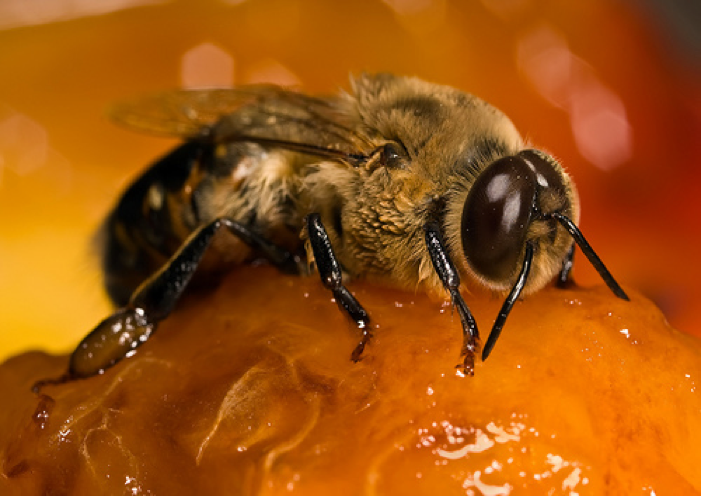
The drones are the hard-working soldiers of a bee colony. The drone’s life is short and exciting, as they will fly out in search of pollen or nectar to bring back to their hive. They don't have time for anything else because they only survive about 90 days! In areas with cold winters where it's difficult for bees to keep warm during hibernation periods, this means that when winter arrives at least some of them will die off before reemerging come springtime again...

• This type of bee is smaller in size
• More likely to build hives in the ground than European bees
• Defends hives more aggressively and in larger numbers than average honey bees
• More guard bees around their hive to look for threats
• Threat radius is much larger than those of European honey bees
• They will chase after threats much farther than European bees, up to thousands of feet in some cases
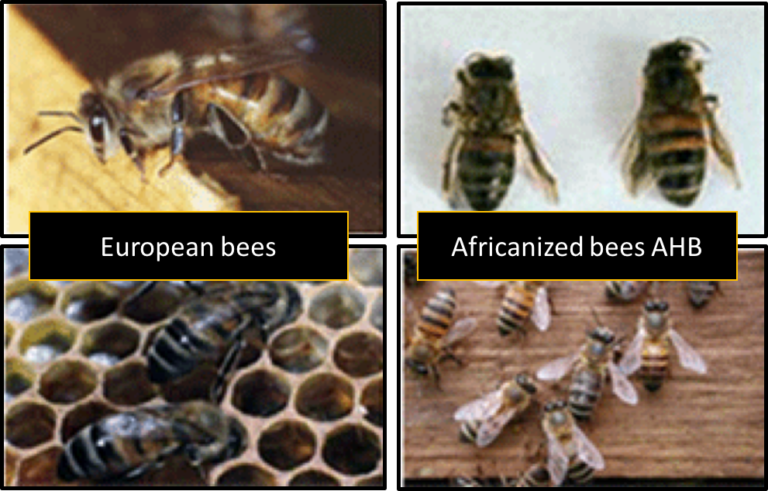
You may think of a bee as this large, buzzing insect with yellow and black stripes that can appear scary. However the European Honey Bee is not usually aggressive. They are usually found in hives consisting of five to fifteen thousand members where they stay dormant during cold months until early spring when they start their migration or go about five bees buzzing around an opening in your home!
Africanized Honey Bees don’t just protect their home when something is threatening it but vigorously attack and defend themselves in great numbers! This can be seen as quite alarming to many people who might not notice how much smaller these little guys actually are than European honeybees. If you disturb them, beware because those fierce buggers will come out of nowhere with all sorts of aggression- even days later after being attacked for no reason at all!
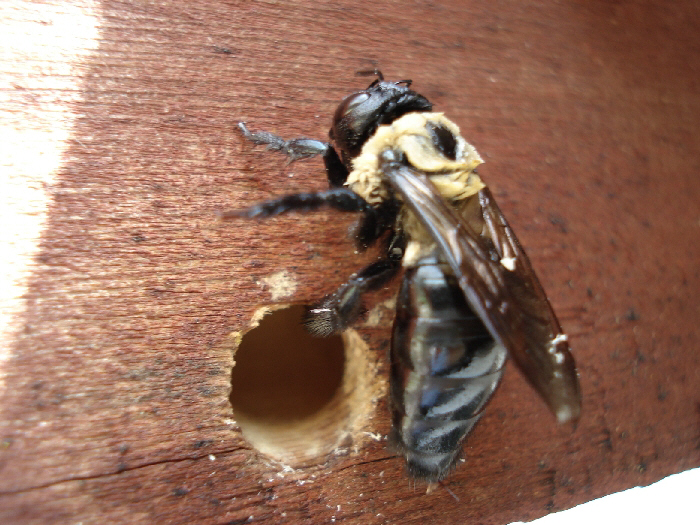
If you are not afraid of bees, this is the creature for you! Carpenter bees look like a cross between honeybees and wasps. They have large bodies with long hair that can be yellow or black in color. Unlike bumblebees these do not sting humans because they only use their claws to grab wood and create oval shaped holes when laying eggs inside it which causes damage around your property.

Palm Springs, Desert Hot Springs, Cathedral City, Rancho Mirage, Palm Desert, Indian Wells, La Quinta, Bermuda Dunes, Indio, Coachella, and Mecca.

On The Fly Services, Inc. 2023 © All rights reserved